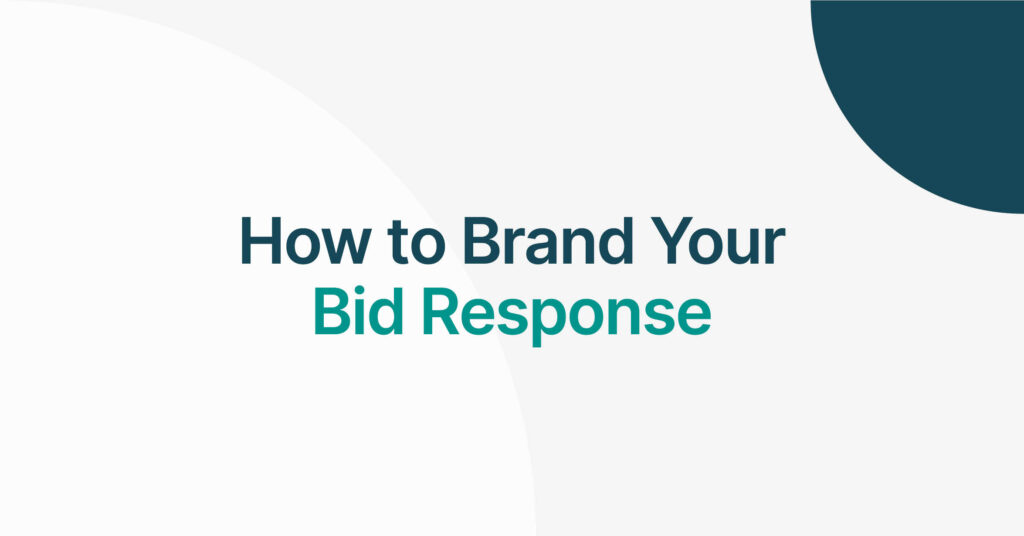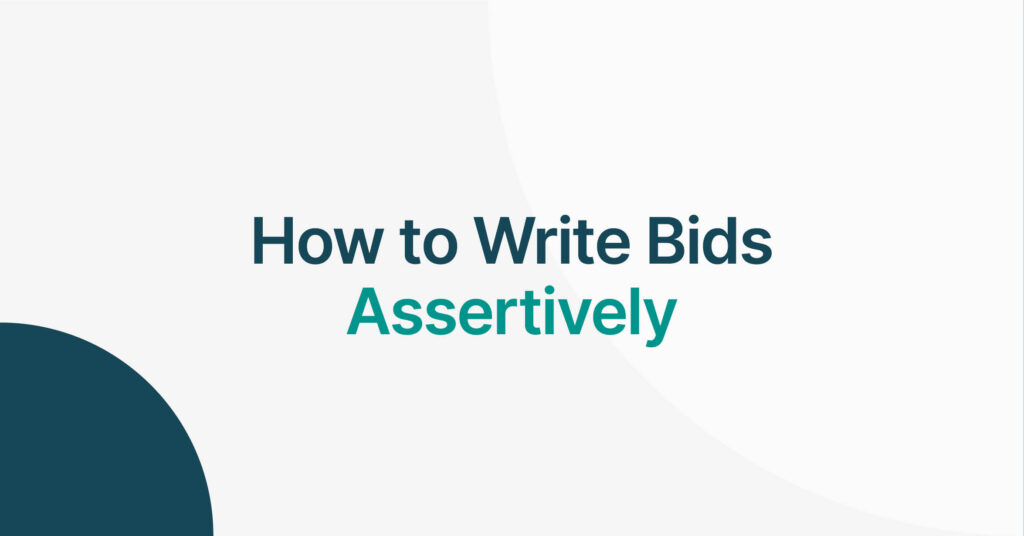Case Studies
Case studies when tendering
Case studies have a major presence when it comes to tendering. The buyer – any buyer – will want to know, in one way or another, your experience of undergoing similar work.
By proving you have the capabilities and capacity to deliver against buyer requirements, you’d most likely need to demonstrate successful working with previous contracts.
This is definitely needed in the likes of PQQs when you have to refer to usually 3 previous contract examples.
If you’re a brand-new company and are literally starting out with zero previous experience or demonstrable capabilities – then this will obviously be more difficult to succeed, compared to longer-standing businesses with reams of clientele lists!
What’s important to understand is that as long as you have a good few case studies under your belt, referring to previous work during the tender process gets a hell of a lot easier.
We advise all of our customers, especially new customers who are just starting to tender, to create some case studies in your early stages.
When developing these, we encourage a 4-step process called the STAR method.
This is where you break up your case study to 4 key parts, allowing a clear narrative to your experience with a particular client.
The STAR method consists of the following:
S – Situation
This is where you give your case study in some context. This states how the contract came about. Write how you started the relationship with the client? Did you win a tender? Did the client seek you out personally? What were you hired to deliver?
Here’s an example: In 2016, Tender VLE secured a £30,000 contract with ‘Company X’ to support local SME businesses with enhancing their Tender Knowledge over an 18-month term. This contract was ERDF funded and aims to support the 2020 government goal of SMEs winning more public-sector contract opportunities (£1 in every £3 to SMEs).
T – Task
This is where you describe the task at hand. Go into detail here about what was required from the contract. Think of also putting in a specific issue/challenge you were faced with.
The contract was to develop and deliver e-learning courses, video masterclasses and group training to an array of business owners/managers in order to teach them about the basics of tendering and what approaches they can develop upon internally within their organisations.
We were tasked with sourcing all delegates through effective marketing and ensuring ERDF compliance in everything we did, including attendance monitoring and draw-down reporting.
One of the key challenges we faced was the fact that we had to keep training extremely general for a range of business owners/managers from varying industry sectors, as these sectors have totally different procurement and tendering approaches.
A – Activity
This is where you explain the procedures and actions in which you overcame the task at hand. The most content tends to be written here, as you need to describe the actions you have undergone to face the tasks head-on.
We utilised local business networks such as (Network A & Network B), to spread the word of FREE e-learning and grouped training sessions that were being held regionally.
We also attended 3 local events to enhance engagement with our target demographic, as well as using our internal digital marketing team to maximise our reach with business professionals across a range of social media. After 4 days of marketing, we already had a waiting list of 11 delegates, as we promoted our offering on a first come first served basis.
We spent 10 days developing and digitising content for an e-learning package that focused entirely on Tender Management and how this is applied in general business and to industry-specific organisations.
We also developed a basic training course for up to 15 delegates at a time, with 14 two-day sessions fully-booked over the course of the 18-month contract.
R – Results
This is where your case study takes flight. It shows the conclusion to the narrative and all your statistics and results are conveyed in full form. Try and include a testimonial from the client and state what added value you implemented as part of your delivery.
We successfully completed 100% of courses, with a total 99% attendance rate and 4.9-star customer satisfaction rating (out of 5). Since the contract end, 75% of attendees have tendered for works, with 30% of these people successfully securing contracts.
We also, as a pro-bono service, offered free 1:1s with all candidates to help them more on a personal level, subject to their individual services. “The team at Tender VLE had everything under control from day one.
Such a pleasure working alongside a driven and determined team. The results have been amazing!” John Doe, Company X.
We’ve provided this BRIEF EXAMPLE case study as a guide.
Obviously, this example would be ideal to submit, if Tender VLE were bidding again for some sort of tender training workshop, as it shows clear context, processes and results for that service.
You may find, however, that another contract you want to bid for is slightly different, so we recommend you keep your case studies in an adjustable format, making it easier for you to amend in order to suit the needs of the buyer.
This method is not only a great start in demonstrating your experience and capabilities when it comes to tendering but can be applied to various tender questions when it comes to overcoming a challenge with delivery and/or outlining specific experience and results.
It’s great to show the buyer/evaluator what needed to be done, what & how it was done, along with success rates and statistics outlining benefits/improvements to the client.
We always advise you to create at least 2 case studies for every service you offer. So, if you are a full-service creative agency, who specialises in Web Design, Print, Marketing, and Branding – there are at least 8 case studies you can concentrate on developing.
Describing previous contract examples is required with most tenders you will submit, especially in PQQs where you must provide 3 examples of your experience.
If you require further support with developing your case studies, our Bid Writing Consultants team offer a dedicated ‘Tender Ready’ programme, which ensures you have all the corporate literature you need to succeed.








